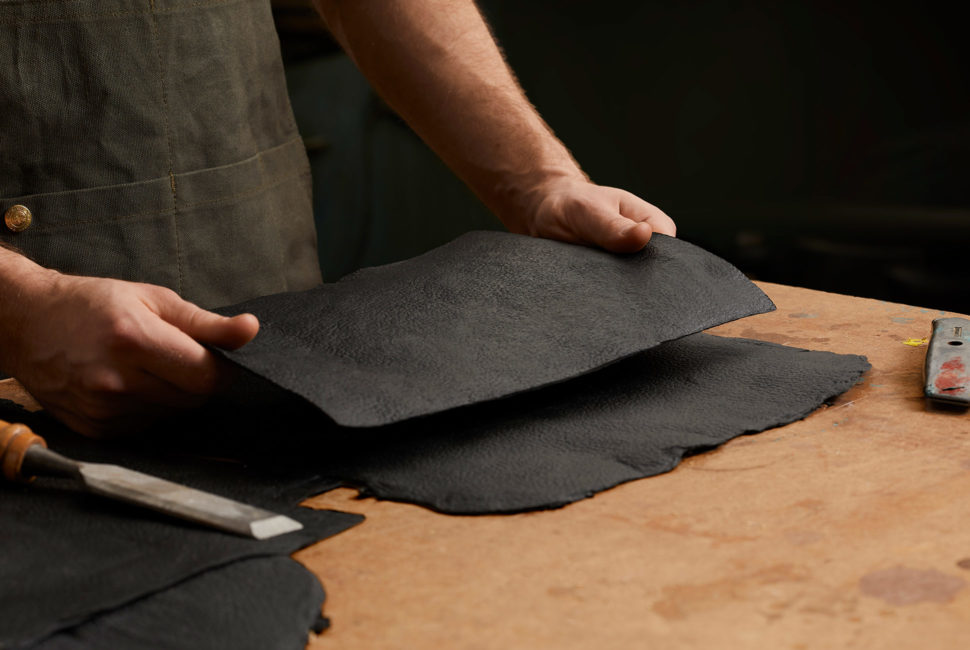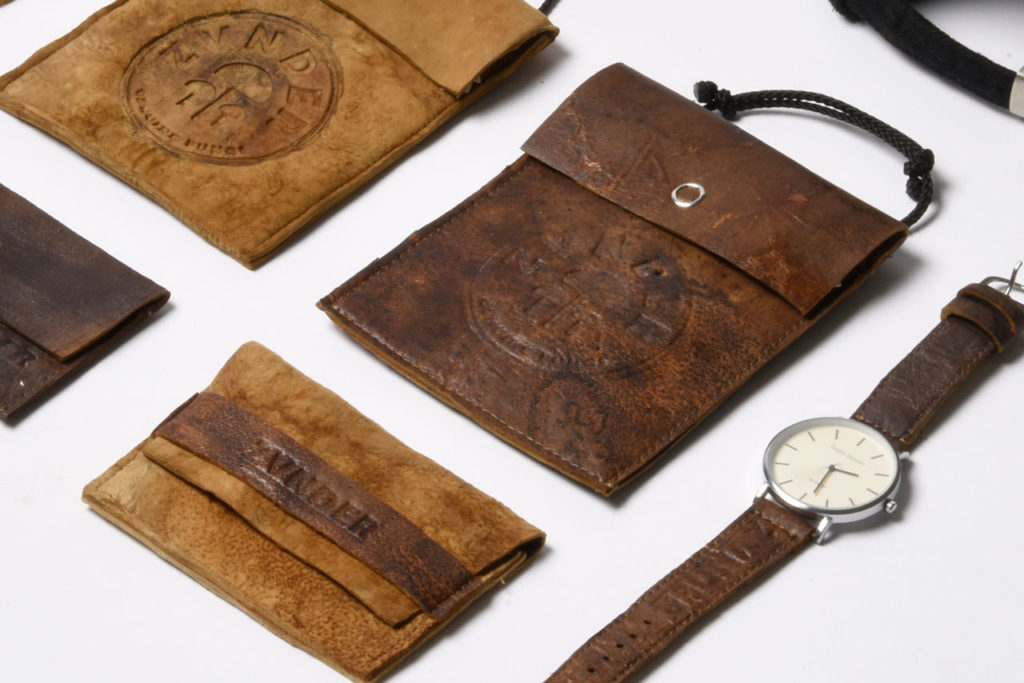Mushroom leather (Muskin) is one of the best-known vegan leather types besides pineapple leather. Mushroom leather is very stable, flexible and by far the most robust vegan leather type. Some manufacturers have already advanced production and are engaged in the development of bricks and furniture. Sound crazy, but this material has also some other beneficial characteristics. Grown into the right thickness, it is stronger than a solid brick.
The look generally resembles cowhide and could replace it theoretically. A worthwhile goal, considering that a fungus of the same size needs 50 times less time compared to cowhide.

Production Process
The mycelium is the vegetative part of a fungus or a fungal bacterial colony consisting of a mass of branched filamentous hyphae. Mycelial fungus colonies occur in and on soils and many other substrates. When two compatible homokaryotic mycelia combine to form a dikaryotic mycelium, this mycelium can form fruiting bodies like mushrooms. Through the mycelium, a fungus absorbs nutrients from its environment. This happens in a two-step process. First, the hyphae secrete germs into the food source, which decompose.
Mushroom leather grows from mycelial cells, which are grown through optimal growth conditions to produce a supple, sustainable material that could replace animal leather.
Basically the mushrooms get fed by bio-substrates like cellulose and grow.
All in all, mycelium is a tissue-like construct that can be bred quickly and efficiently. It is possible to produce different shapes, sizes and widths. This is comparatively not the case with animal leather.

By loading the video, you agree to YouTube's privacy policy.
Learn more
Mycelium
Mushroom leather is strong, flexible and durable, just like traditional leathers. It is also waterproof. And since it’s made of natural fibers, it breathes and feels like leather.
Our leather is uniquely customizable. We can incorporate textures and other features directly into the material. And unlike animal skins, our materials can grow to any size and shape.
In our closed circuit, abundant natural fibers are used to make 100% biodegradable materials. This makes this technology an infinitely renewable technology.
It takes a fraction of the time and resources to grow up.

By loading the video, you agree to YouTube's privacy policy.
Learn more
Is Muskin sustainable?
Looking at the issues listed below, one can see very quickly how unsustainable cow leather is and how much positive aspects mushroom leather has.
Mushroom leather is 100% sustainable, biodegradable and no chemicals are used in the coloring process. Compared to animal leather, where tons of chemicals are used in the coloring process. Poor people and also kids working in the manufactures are exposed to toxic chemicals and partly work barefoot in the chemicals, have no safety equipment etc.
Mushroom leather needs only a fraction of the resources (land, water, food, etc.) Considering that the animal leather industry in the US needs 50% of the water consumption, 30% of the world’s land mass consumes and produces 18% of the greenhouse gas emitions.
Mushroom leather takes 2 weeks to grow to the size of a standard cowhide. For example, mushroom leather grows 70-80 times faster than animal leather, which needs about 3 years on average. If one additionally considers that only 30% of the animal’s skin is used and 100% of mushroom leather can be used after growing it.
Mushroom leather can be worn very well on the skin and does not cause irritation. Completely explainable when you consider that mushrooms have been used in Chinese medicine for thousands of years to cure skin diseases, amongst other things.
Last and most important, mushroom leather is 100% vegan and no animals are killed. This material could really create a change in this industry.

By loading the video, you agree to YouTube's privacy policy.
Learn more
Comparison to Cow Leather
Here is a direct comparison of mushroom leather (left) to cow leather (right).
- 100% biodegradeable
- no chemicals in coloring process
- less water
- grows 70 – 80 times faster (cow size in 2 Weeks)
- wearable on skin
- no animals harmed
- animals get killed
- tons of chemicals
- uses 50% of US water supply
- uses 30% of earths land mass
- produces 18% of earths greenhouse gas emissions
- Only 30% of a hide gets turned into leather (rest thrown away)
- human life violations (chemicals in production process etc.)
Products
There are now many different mushroom leather products and mycelium is widely used. On the one hand, we cover the fashion and leather aspect and a variety of designers rely on the sustainable material, which is especially suitable for sturdy leather products such as shoes, etc.
On the other hand, some developers, such as Phill Ross of MycoWorks, are working on the use of mycelium as a building material and brick substitute.

Conclusion
This is definitely a material that will play a big role in our future.
It is very similar to cow leather and meets all the requirements of animal leather. Furthermore, in addition to the 100% sustainability aspect and animal friendliness, it is even lighter than animal leather and can easily be worn on the skin as it is a natural product.
I personally think that this material can easily replace cow leather because its similar look and the better requirements.
However, compared to pineapple leather, the look of mushroom leather is not 100% acceptable for me.
Personally, I believe that it is very well suited for dark leather goods, but other fashionable accessories just look fancier with other leather alternatives like Piñatex. Piñatex is made from recycled pineapples leaves. Check out our sustainable watches with Piñatex straps below.


